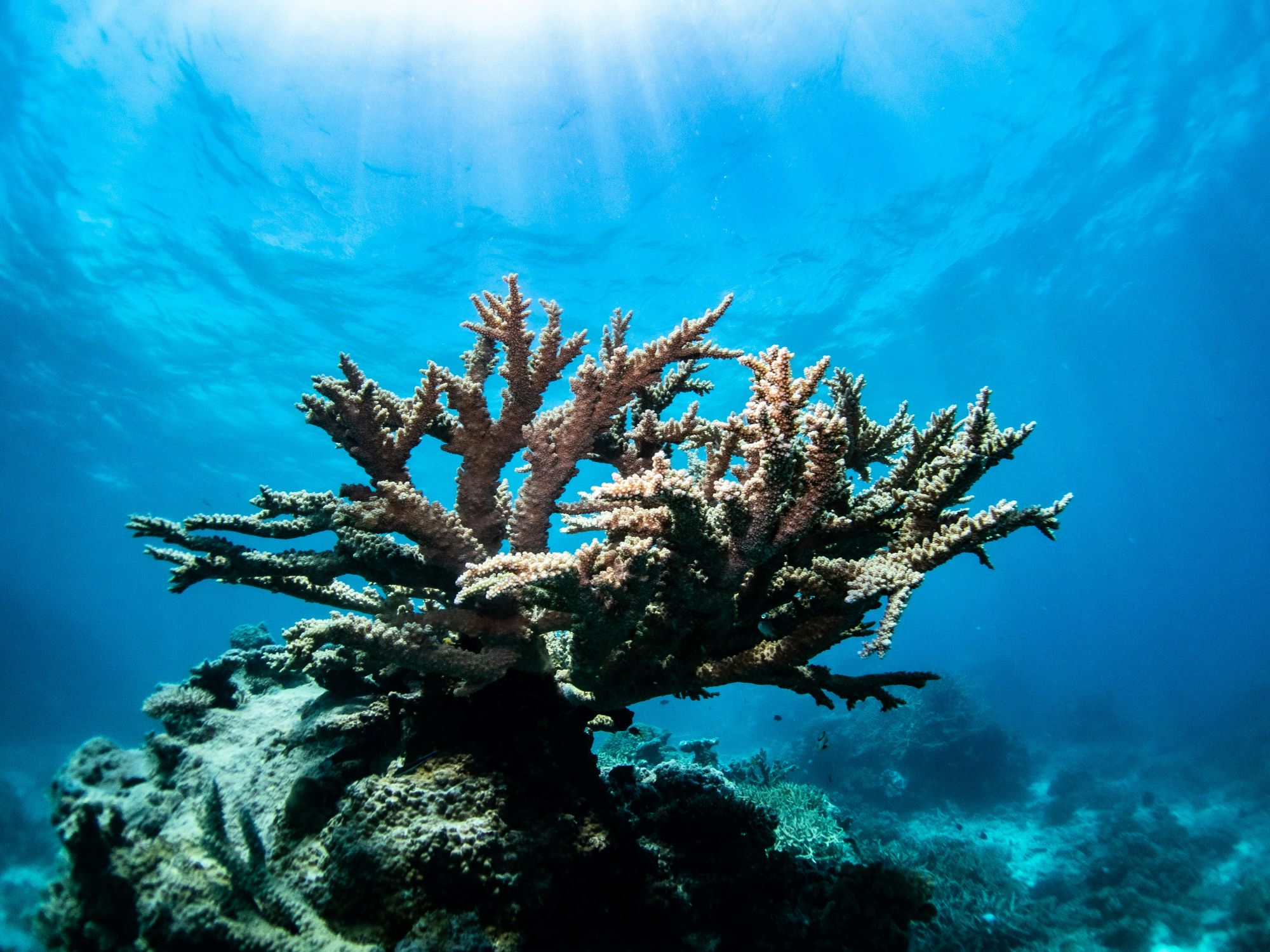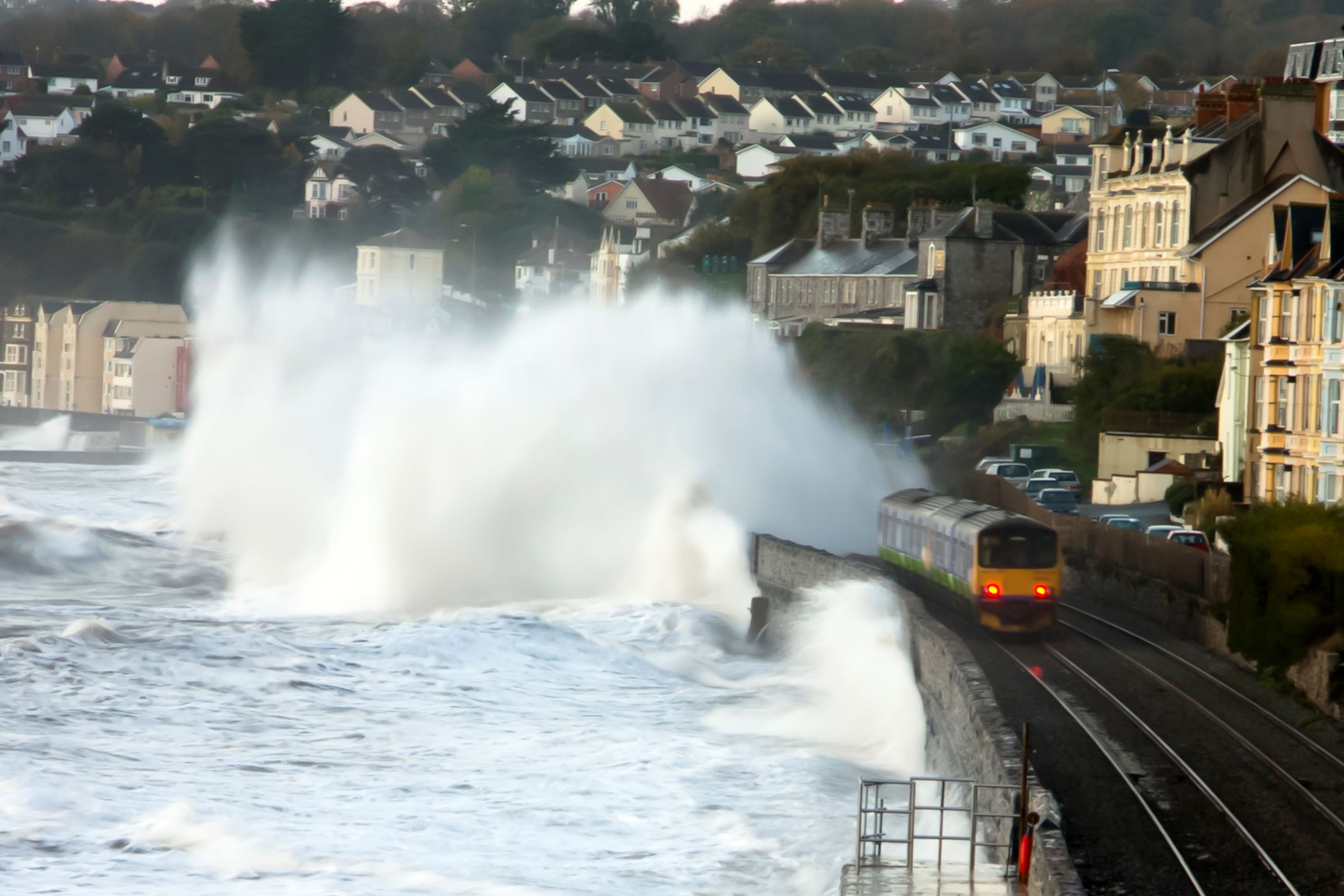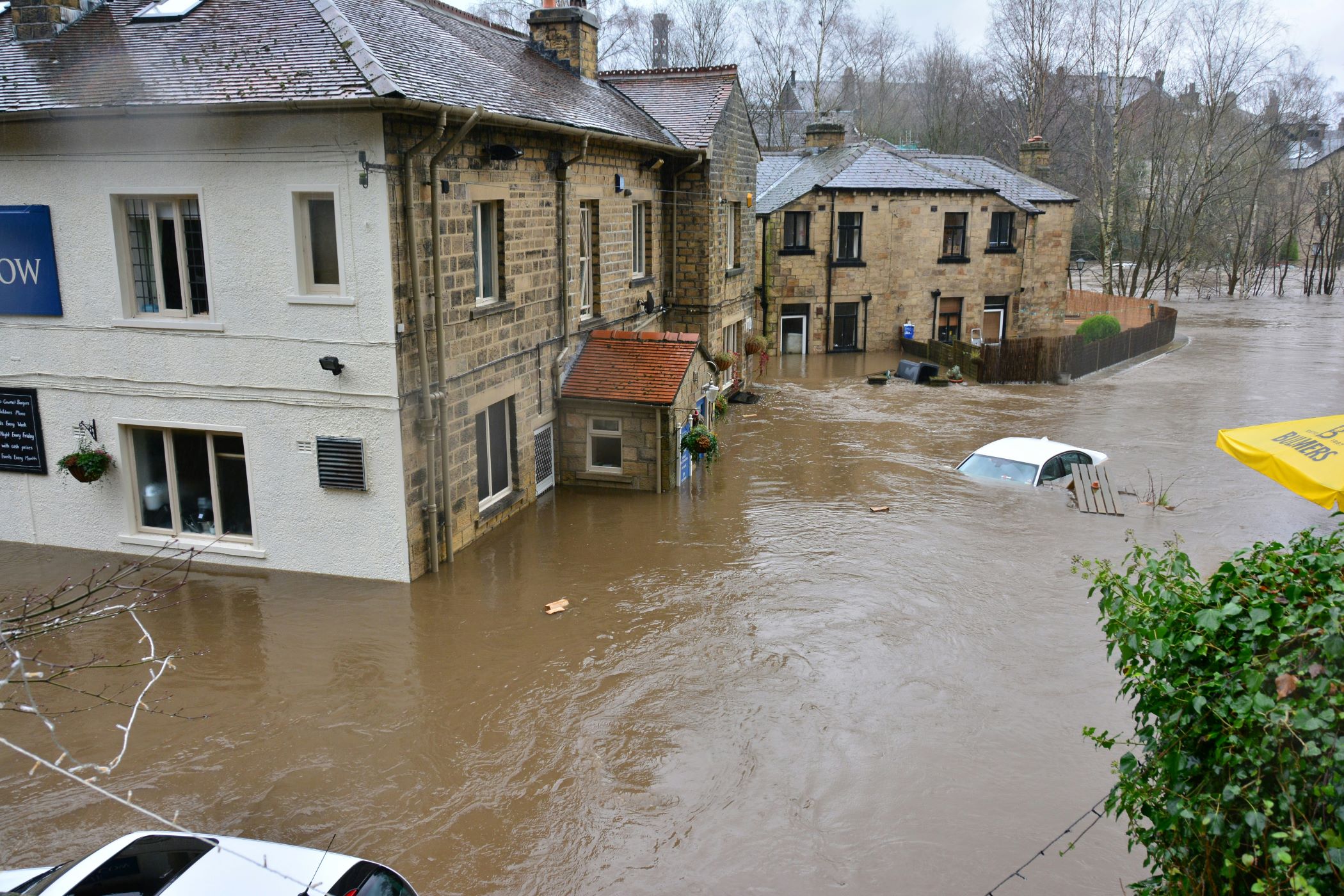One of the pathways through which AtlantiS underpinning observations, models and technologies are being used to inform decision making is through an integrated research programme, where four inter-connected themes address priority knowledge gaps. These focus on our understanding of how natural and anthropogenically driven changes in the global ocean, the Atlantic and its shelf seas impact marine ecosystems and human society.
Theme I: How natural and anthropogenic drivers of basin and decadal changes are altering the Atlantic ecosystem, and the consequences for ecosystem functioning and services.

The ecosystem services provided by the Atlantic's extensive biodiversity are one of its main Natural Capital Assets. Despite its importance, understanding of this biodiversity and its spatial and temporal drivers is limited. Biological communities throughout the Atlantic are changing, not just naturally, but increasingly as a result of climate change and/or direct anthropogenic activities. How Atlantic ecosystems currently respond to these combined stressors, and how they will respond in the future, are key gaps in our knowledge.
Using a combination of in situ observations, analyses of new and existing long-term datasets, and modelling approaches, our research is creating a holistic understanding of biodiversity change in the Atlantic and its shelf seas. Our researchers are using co-located measurements of biological (abundance, diversity, community composition, across biological groups and size classes) and environmental (nutrient concentrations, carbon flux, hydrodynamics, substratum/water column descriptors) characteristics of important marine ecosystems to quantify ecosystem variability and drivers of biodiversity change.
Locations include continental shelf & slope habitats, the open ocean, and the abyssal plain, reaching from the surface to the seabed. We are making active use of new technologies for which we are developing standards, data pipelines, and AI-based data analysis approaches. Long-vs. short-term and local vs. broad scale trends in biodiversity, are being compared with the trends in physical and biogeochemical parameters to disentangle the relative importance and interaction of the different anthropogenic impacts (multi-stressor effects). Particularly short episodic events (e.g., marine heat waves, turbidity currents) or sudden changes (e.g., MPA designation) will enable us to study ecosystem resilience and recovery, while long-term trends will lead to insights in regime shifts and tipping points. The new understanding that we develop will be incorporated into climate-ecosystem models, which will help understand vertical and lateral food supply pathways, and ultimately permit future projections of marine ecosystem responses to climate change and disentangle these from direct anthropogenic impacts.
The outcomes of our research aim to support policy decisions on marine spatial planning, conservation (e.g. MPA network design, marine habitat restoration) and climate change mitigation strategies.
Theme II: The importance of ocean-shelf-coast connectivity in shaping ecosystems, biodiversity, natural hazards and impacts on society

Key climate stressors (e.g. warming, deoxygenation, reduced nutrient supply), alongside direct anthropogenic pressures (e.g. fishing and nutrient pollution), are degrading the biodiversity, health and adaptive capacity of coastal and shelf seas. This diminishes their ability to provide ecosystem services critical to human welfare and the blue economy.
Understanding and quantifying environmental and societal impacts is of the utmost importance in safeguarding coastal communities, including those of developing nations of the broader Atlantic region. AtlantiS is bringing together socio-economic datasets and impact models, ecosystem model runs and datasets and indicators developed using the IPCC risk and vulnerability frameworks. We are exploring the importance of ocean-shelf connectivity and exchange in shaping ecosystems, biodiversity and the UK blue economy, across timescales of a single event to decadal.
Using in situ observations and new simulations we are quantifying the impact of changes in the North Atlantic gyres, AMOC strength and North Atlantic storm activity on shelf sea dynamics, biogeochemistry and ecosystem services. Combining observational datasets and high-resolution biogeochemical and ocean-atmosphere coupled model outputs to estimate projected changes in sea level, hydrological and biogeochemical extremes, we will improve our understanding of extreme events, sea level rise and the risks to the UK and EU blue economy and marine ecosystem services. Our research is linking climate change impact indicators to socio-economic datasets to evaluate the associated risks to society. Using environmental and socio-economic datasets and impact models (MEDUSA-PRO), we are developing a range of novel indicators to evaluate climate change vulnerability of the Atlantic rim nations and their emerging blue economies to explore the vulnerability of wider Atlantic coastal communities to climate change impacts.
Theme III: The implications and feedbacks associated with climate mitigation strategies, and the need for improved assessments and advice to policy makers

The ocean has huge potential to help mitigate climate change by providing locations for energy sources that minimise or negate greenhouse gas emissions (e.g. wind turbines, tidal energy generators and hydrogen storage reservoirs), and by increasing the potential to remove and store atmospheric CO2 via natural and artificial mechanisms, including increased ‘Blue Carbon’ retention in coastal ecosystems, increased phytoplankton productivity through fertilisation, ocean alkalinity enhancement and offshore Carbon Capture and Storage. However, there is still considerable uncertainty regarding the efficiency and environmental/ecosystem impacts of some of these approaches, and improved in situ monitoring capabilities are required to enable informed decision making on if, when and where such strategies can be deployed. This theme will draw on activities delivered through each of the work packages to advance our knowledge of the implications and feedbacks associated with proposed ocean-based carbon dioxide removal (oCDR) methods and other climate mitigation strategies. Examples include: i) Interrogation of long-term datasets from sustained ocean observation sites to provide the underpinning knowledge and baseline(s) against which oCDR approaches can be evaluated; ii) Application of state-of-the-art ocean models to assess the efficacy and impacts, alongside societally relevant metrics, for ocean climate mitigation solutions at local and global scales, and to identify (non)optimal location(s) of application; iii) Development and deployment of autonomous sensor technologies and platforms to monitor the in situ impacts, immediate effectiveness and potential for monitoring, reporting and verification of oCDR techniques; iv) Establishing data interfacing approaches that help ensure transparency and near-real time operability of in situ measurements. This theme is also working at the scientific, socio-economic and public/policy interface, working with a range of stakeholders to provide unbiased and informative evidence on which decisions can be made regarding proposed climate mitigation strategies.
Theme IV: The sensitivity and timescales of feedbacks that determine the ability of the ocean to continue to mitigate climate change by absorbing excess heat and carbon

The ocean partly mitigates climate warming by absorbing excess heat and carbon derived from human activities. However, this adds to sea level rise and causes hydrological cycle intensification, deoxygenation, ocean acidification, changing ocean stratification and projected AMOC slowdown. There are multiple feedbacks associated with these changes the character of which (including strength, sensitivity, timescale of response and extremes) remains unclear.
Using sustained observations and related data products we are characterising change through the full-depth Atlantic Ocean, comparing our observed estimates with output of models including multi-decadal runs of coupled (atmosphere, MEDUSA) simulations at a range of resolutions (1°, 1/4°, 1/12°). We will characterize change in both the observed and modelled domains. Drivers of temperature and salinity change in the Atlantic will be determined by water-mass analysis. This will consider large-scale circulation, air-sea fluxes, as well as heat and freshwater budgets. We will compare these results with model outputs at a range of resolutions to understand the role of air-sea fluxes and mixing in climate model predictability across weather and climate timescales. We will include the variability of oxygen, nutrients and carbon in a novel development of the water mass analysis to decompose change into physical and biological effects. We will include AMOC-related changes and decadal variability, a time-scale that is studied in climate models and which our observations now span.